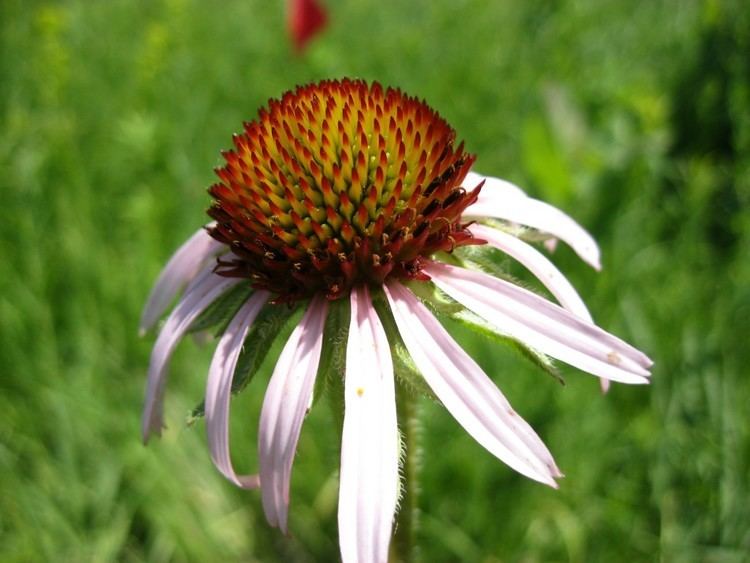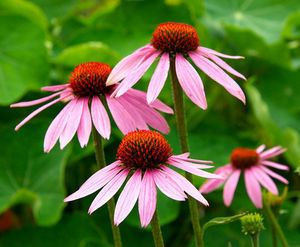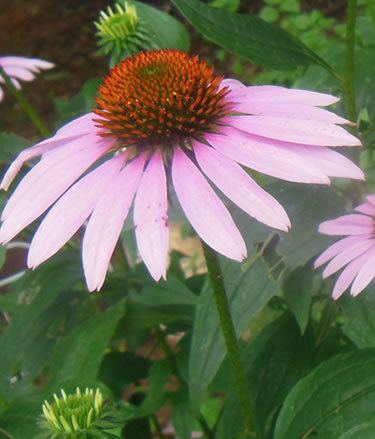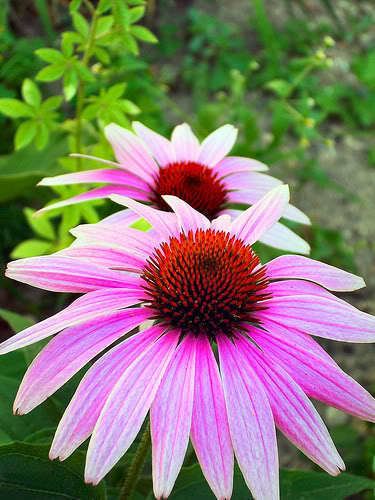Higher classification Coneflower | Scientific name Echinacea angustifolia Rank Species | |
 | ||
Similar Purple coneflower, Echinacea pallida, Goldenseal, Cat's claw, Perforate St John's‑wort | ||
Echinacea angustifolia
Echinacea angustifolia (narrow-leaved purple coneflower or blacksamson echinacea) is a North American plant species in sunflower family. It is widespread across much of the Great Plains of central Canada and the central United States, with additional populations in nearby regions.
Echinacea angustifolia is a perennial herb up to 40 to 70 centimetres (16 to 28 in) tall with spindle-shaped taproots that are often branched. The stems and leaves are moderately to densely hairy. The plant produces flower heads one per side branch, each at the end of a long peduncle. Each head contains 8-21 pink or purple ray florets plus 200-300 purple disc florets.

Echinacea angustifolia blooms late spring to mid summer. It is found growing in dry prairies and barrens with rocky to sandy-clay soils. There are two subspecies:


Many Native American groups used this plant for a variety of medicinal purposes, including pain relief and relief of colds and toothaches.
